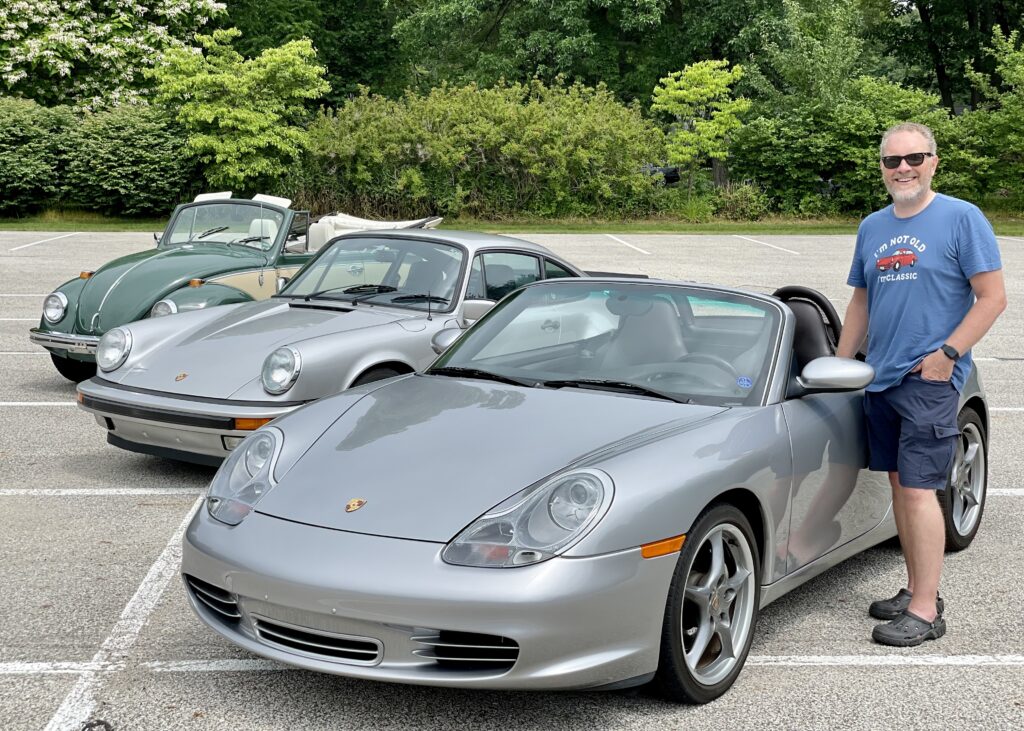Professor Laneman: From Mentee to Mentor
June 20, 2021
Professor Laneman’s father, an industrial engineer, took every opportunity to introduce him to people and experiences that would launch him into a gratifying career in the field of electrical engineering. A Tesla coil demonstrated in the Boy Scouts sparked Laneman’s first interests in electricity and circuits, and improperly connecting a 6V battery to a Model A coil jolted him even further. Rewiring one of his first cars, a 1968 Volkswagen Beetle Convertible, allowed him to truly tinker and learn. In high school, a fellow church member who worked at Apple Computer helped his family buy a Macintosh computer at a discount, and Laneman became convinced that he wanted to be a computer engineer and work for the company. If only he had purchased some Apple stock in 1990.
Laneman attended Washington University in St. Louis to pursue both computer science and electrical engineering degrees as an undergraduate. As he progressed through the program, he took signals and communication systems courses that made him lean more toward the electrical engineering side, and he decided to continue on to graduate school to focus on digital signal processing. In particular, inspired by a Washington University professor who taught the communication systems course, who had earned his Ph.D. at MIT, and made quite an impression, Laneman decided to work towards his Ph.D. at MIT and become a professor of electrical engineering himself.
Laneman joined the Notre Dame faculty in August 2002 and is now Professor, Associate Chair, and Director of Graduate Studies in the Department of Electrical Engineering as well as Founding Director and currently Co-Director of Wireless Institute in the College of Engineering. His research and teaching interests are in wireless communications systems. Three exciting developments are driving his current research interests in making better use of the radio spectrum: the demand for 5G systems is requiring 10 times more spectrum than what is currently available; the recent C-Band Spectrum Auction by the Federal Communication Commission (FCC) garnered $81B; and federal research funding on spectrum sharing increased by over $2.5B. “This is an exciting time for spectrum issues and research in the area. I want to come up with out-of-the box thinking on how to build these systems, model them, come up with new algorithms, and optimize performance,” Laneman says. Some of his current work is on rethinking radio frequency interference at the system level by modeling radios and how they respond to it. This builds on past work in dynamic spectrum access, spectrum sensing, and uplink interference mitigation and ties into an Office of Naval Research STEM project for course development in Scenario-Based Learning Methods.
Although he has been recognized by Thomson as an ISI Highly Cited Researcher and won numerous research and teaching awards, Laneman takes much pride in mentoring graduate students. More than a dozen Ph.D. students have worked with him, and they have continued on to successful careers in industry, at flagship companies such as Qualcomm, as well as academia. Laneman says, “[my] goal is to have group members come in as students and leave as colleagues,” and that “the Wireless Institute provides a unique collaborative environment in which students work together with multiple faculty on big projects, carve out their own directions, and land better career opportunities as a result.”

